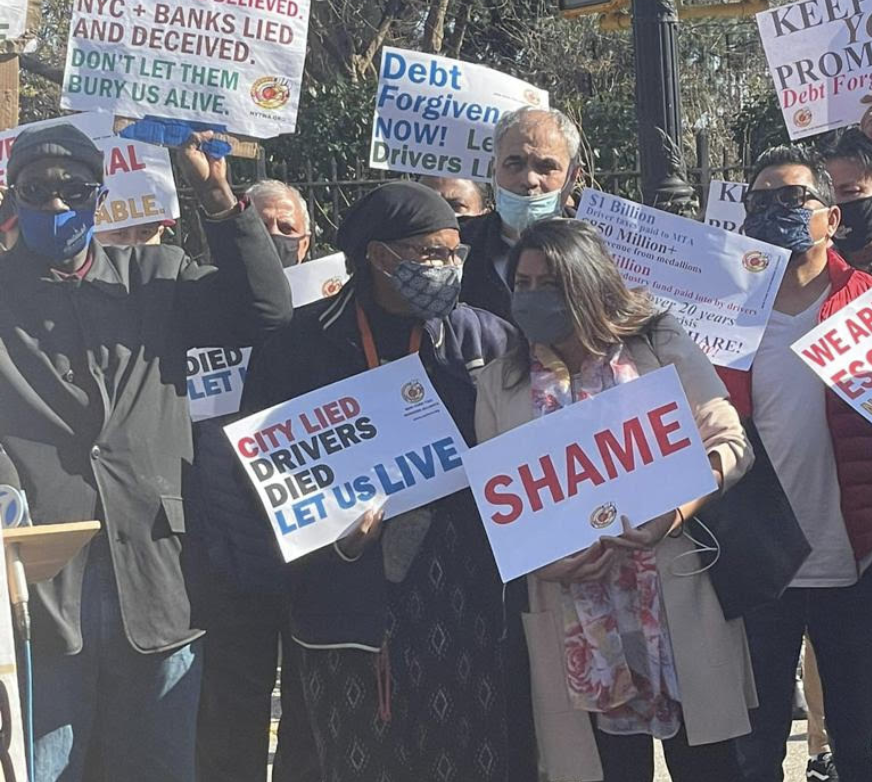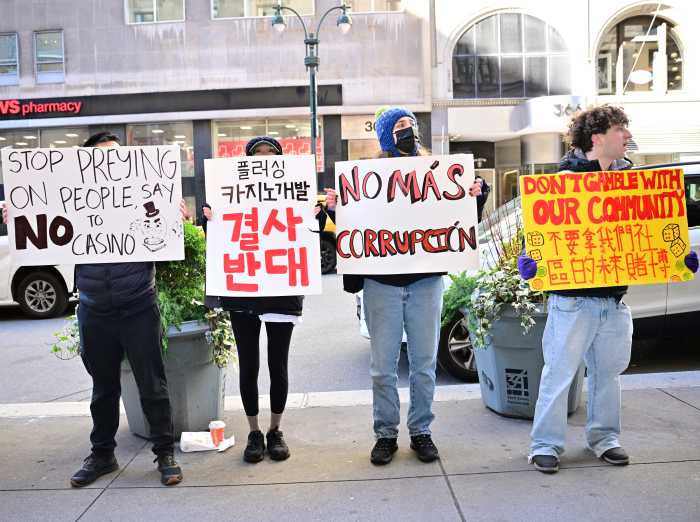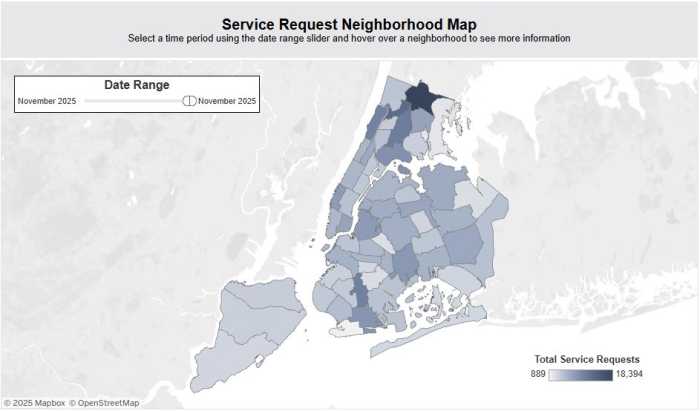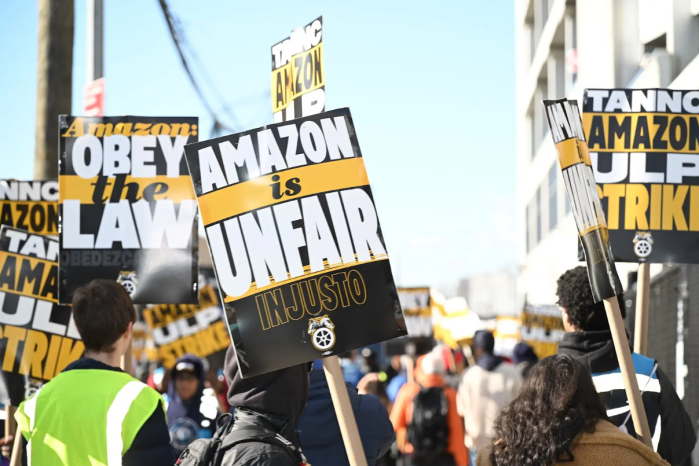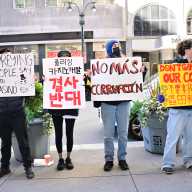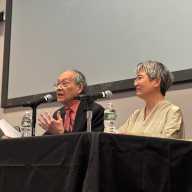City Council candidate and Ozone Park resident Felicia Singh rallied with her family at Gracie Mansion Tuesday just hours after Mayor Bill de Blasio announced his taxi medallion owner-driver fund plan.
The fund will offer debt relief to taxi medallion owners-drivers who have been drowning in debt, with several Queens immigrants resorting to suicide since the market collapsed in 2019.
“Medallion owners have been hit hard by this pandemic. They deserve all the support we can give them as ridership recovers,” de Blasio said during his morning briefing. “This program creates a pathway to solvency and supports the yellow medallion taxi industry’s important role in building a recovery for us all.”
The city is pledging $65 million toward a taxi medallion owner-driver relief fund to ensure the already ravaged industry doesn’t fall further into ruin. The mayor said that as of this past weekend, with the $1.9 trillion stimulus bill passing, the city now has some money to dedicate to taxi drivers. The city will provide upfront up to $20,000 in loans to restructure medallion debt and up to an additional $9,000 in debt payment support.
“The mayor released a ‘debt relief’ plan today using $65 million of COVID relief. This is a plan that is nowhere near what New York Taxi Workers Alliances has been advocating for,” Singh said. “This plan makes me ask more questions rather than feel any relief. There are about 170,000 taxi drivers in this city. How many would qualify for this ‘plan’ How does this plan impact the restructuring of loans? What does $9,000 in debt payment support look like? Who qualifies for it? Lenders still keep getting money. This is not a plan that is equitable, sustainable or feasible for taxi drivers and their families. It’s clear who is prioritized here and it’s not immigrant and working-class New Yorkers. NYTWA has a plan. NYC Comptroller approves. Jessica Ramos has a plan. It’s time to get on board.”
Singh was thrust to the forefront of the taxi driver’s campaign for debt relief last month when she discovered a “for sale” sign posted in front of her family’s Ozone Park home. Her father Dalip was unable to keep up with the crushing fees that were based on his medallion loan and he filed for bankruptcy in 2019. The family was unaware that the house was for sale until a broker hired by the bankruptcy court informed them.
When Singh, who is running for the District 32 City Council seat, inquired further she was told the family needed to come up with $100,000 by early May or the house would be sold.
“I used to roll my eyes when my dad told me he came to this country with $25 in his pocket, the quintessential American immigrant story that is passed down from generation to generation. The sheer courage it takes to try to make it here with so little money seemed impossible, so I didn’t believe it. Now, after raising three children, and attempting to own a small business, he can barely make $25 a day,” Singh said during testimony in the state Senate last week. “After 35 years of driving a taxi and after 23 years of being a medallion owner, my father had no choice but to file for bankruptcy because of the medallion crisis. Our home is being taken from us because of its value not because we’ve foreclosed on our home. It’s being taken because our court and medallion system is able to trade our debt for our home. My family and I are one of many families who could be unhoused as a result of the city and state’s negligence.”
Singh remembered several Queens drivers who committed suicide after the crisis began, such as 65-year-old Nicanor Ochisor, a Romanian immigrant who drove a yellow taxi since 1989 who hung himself in his Maspeth garage. She remembered Flushing resident Yu Mein Chow, who was found floating in the East River, his family claiming he committed suicide because of crippling debt, and Bayside’s Roy Kim, who hanged himself with a belt in his home after finding himself more than $500,000 in debt from his medallion deal.
“Douglas Schifter, Fausto Lun, Abdul Saleh, Danilo Castillo, Alfredo Perez. These are the names of the taxi drivers who have transitioned by suicide. They were reason enough to do something,” Singh testified. “The medallion system was meant to reign in congestion in the city. By limiting the number of medallions, the city created an artificial market, which it then exploited to raise revenue. The city has made more than $855 million from taxi medallions and collecting taxes on private sales. Meanwhile, they opened the floodgates to Uber and Lyft, which eroded the medallions’ supposed monopoly rights to conduct street hails.”
The mayor’s “relief fund” is too little too late for the victims of the medallion crisis, the critics say, calling it a cash bailout for the predatory lenders. For Singh, her family has less than two months to adapt a debt-relief plan before her family is left unhoused.
“The idea of purchasing a medallion was supposed to be about our ticket to this middle-class life. But really, it was just a ticket to debt,” Singh said. “I’ve always known a life of debt. And now you have people like my family at risk of losing their home.”

